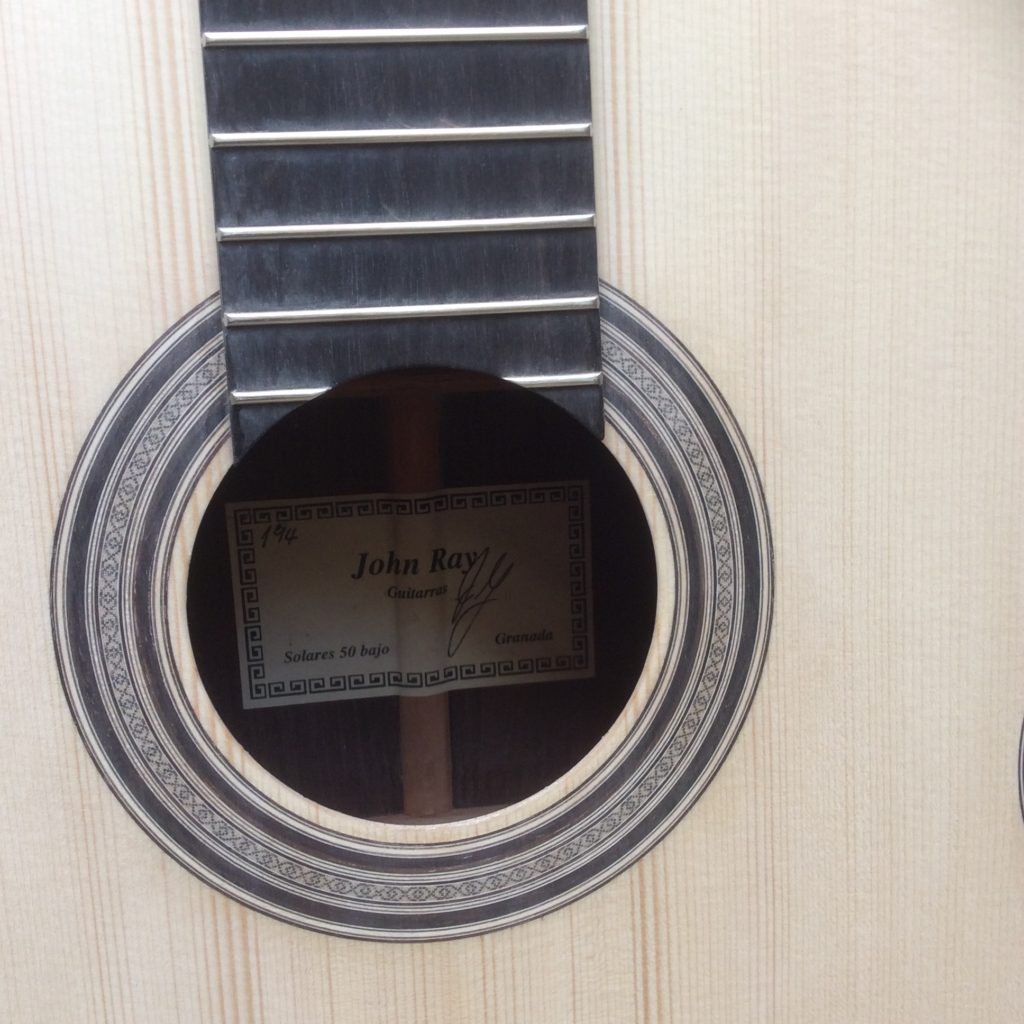I had some questions about the difference between two different Torres models which were available in my workshop for testing for a short time. After having three very good players put them through their paces here are the conclusions:
The SE70 is a bit easier to play and has a sparkle to it that the other one doesn’t have. It is really quite loud and you might even say explosive. At the same time you have to be careful how hard you push it. The basses are quite amazing and reminiscent of the original. This is the sort of guitar that you pick up and get excited about just because it is so very alive.
As for the SE153, the sound is slightly sweeter but also more controllable. The trebles have a fuller, thicker sound and it has more dynamics. According to one guitarist there is more sympathetic vibration from the guitar itself and from the strings. Sustain above the 12th fret seems to be better too. As a maker I like this one better because you can do more with it and I know from experience that it is not underbuilt.
The above is not surprising at all if you take into account the differences in construction between the two. The SE 70 is very lightly built, almost too much of a good thing. A thin top favours basses over trebles (usually) and is very good for volume. Two of the fan braces extend through openings under the lower transverse bar and possibly extend the vibrational area of the top. However, I strung it with D’addario J43 strings and that low tension makes a difference too. The saddle also might be a bit too low for its own good. It is worth mentioning that this is the very first copy of the SE 70 that I have made. On the other hand I have been making the SE153 copies for 15 years and have managed to achieve something really special and sophisticated. As you can see from the picture the SE153 is maple and the SE70 is rosewood; there might be a slight influence there too.















